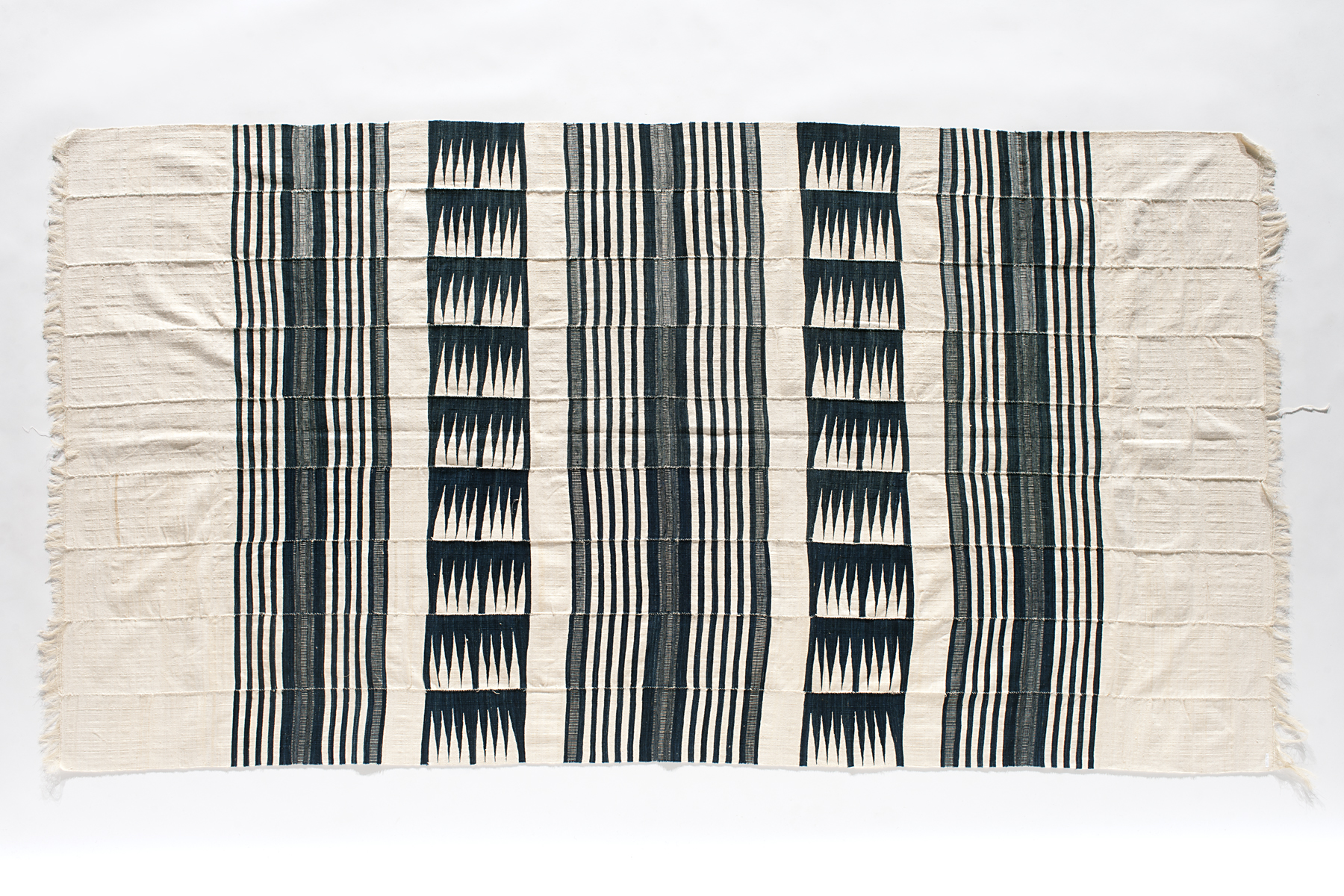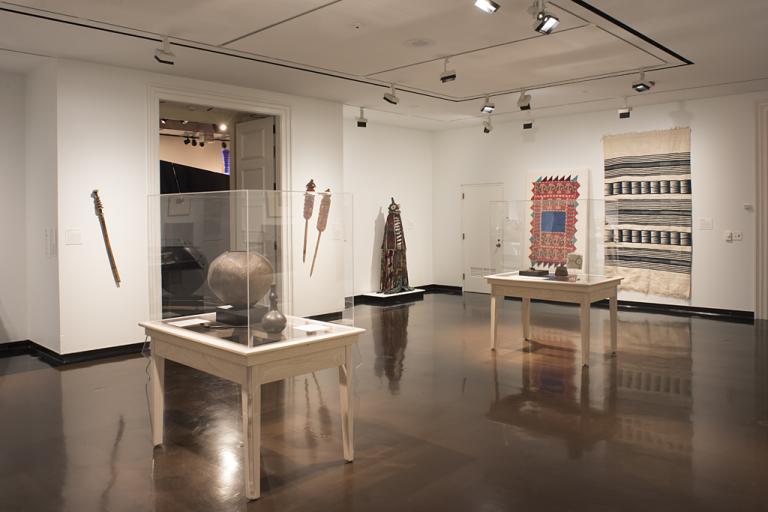blue and white Kano cloth, unrecorded Hausa-Fulani artist
Artwork Overview
unrecorded Hausa-Fulani artist, artist
blue and white Kano cloth,
1980
Where object was made: Kano, Nigeria
Material/technique: cotton; indigo; weaving; dyeing
Dimensions:
Object Length/Width (Length x Width): 269 x 143 cm
Object Length/Width (Length x Width): 56 5/16 x 105 7/8 in
Object Length/Width (Length x Width): 269 x 143 cm
Object Length/Width (Length x Width): 56 5/16 x 105 7/8 in
Credit line: Gift of Professor Beverly Mack
Accession number: 2011.0241
Not on display
If you wish to reproduce this image, please submit an image request




